The Spitfire offers you durability when it comes to the design. You get the minimalism of a red/green dot with the separation of an engraved reticle. Furthermore, you get the simplicity of a red dot allowing you to get on target fast and at the same time present you a medium range solution available in one package. The fantastic thing is you get more than just a waterproof and shockproof construction; you get the ease of use with the top load battery access- what more can one ask for. Therefore, if you need a practical amalgam optical system with a swift acquisition of a red dot with magnification and strength of usual scopes the all in one unit is worth looking at. However, if you feel you need more convincing check out our Vortex Spitfire 3x review! You will be surprised how magnificent this piece of equipment is.
Vortex Spitfire 3x Review
Vortex has been around for decades, and today many people are acquainted with the brand compared to Leopold. The Spitfire from Vortex is one excellent example of what the company has to offer, making it one of the best 3x Prism Scopes available to use in any condition.
VORTEX SPITFIRE 3X PRISM SCOPE, EBR-556B (MOA) RETICLE – SPR-1303
You can purchase it in two magnification ranges the 1X and 3X option. Furthermore, the optics made for the AR platform made to use with 5.56 x 45 cartridges for rapid shooting at long and short ranges.
VORTEX SPITFIRE HD GEN II 5X PRISM RIFLE SCOPE, BLACK – SPR-500
Alternatively, it offers you a range reference between 0-500 yards, making it exceptional to use for hunting and shooting at the range. Not only is it made for different shooters the design is durable with the constructed single piece metal and integrated mount.
Another highlight is the reticles etched into the glass similar to a magnified optic and suitable for low-light target acquisition the same as a red dot. The scopes on the heavy side and weigh 12.2 ounce but worth it and will not bother you much.
If you have a strengthened core and physically powerful muscles, you will find using the Spitfire a breeze. While on the hefty side, it has a compact structure measuring 5.5-inches long with a height of 1.54-inches and has a 32mm objective lens.
Further, it has some convenience functions such as the red/green reticle option. With such a selection, you get the choice of using your preferred dot color. During the day, you can use the green shade with the red one at night making it versatile to use.
You get five adjustable brightness levels providing you with the best image no matter what lighting condition you find yourself. Even mounting the scope is fantastic as it has a low ⅓ co-witness 40.4 mm height.If you need a lower mounting height, all you need to do is remove the mounting riser.
Therefore, you get loads of functions making it a budget prism scope and whether it is worth the money all depends on how you plan to use it.
Specifications at a Glance:
The Spitfire 3x Prism Scope has a lot going, as you will see in the specs provided here:
| Brightness: | Adjustable in five increments |
| Eye Relief: | 2.8 inches |
| Field of View: | 31.5ft @ 100 yards |
| Graduation Adjustment: | ½ MOA |
| Magnification: | 3X (available in 1x as well) |
| Model: | Fixed three-power magnified optic for ranges 0 – 500 yards |
| Parallax Setting: | 100 yards |
| Reticle: | Battle crosshair optimized for the 5.56×45 caliber with a 55-grain bullet from your standard 16-inch barrel |
| Windage Adjustment: | 120 MOA |
Features
While the specifications of the Vortex Spitfire Prism Scope are the best, it has some great features as well:
- Fully Multi-Coated Lenses: With the multi-coated and anti-reflective coats, it helps reduce light dispersion and improves light transmission at the same time. You can see bright and crisp images with the air-to-glass surface and great for hunting or shooting at the range.
- Durable Construction: The optic has a single-piece structure making the chassis lightweight and compact to make portability easier. The hard-anodized matte finish provides a low glare, especially when hunting.You do not want to startle off the game. Furthermore, it does not interfere with your performance when shooting.
- Prism-Based Optic Structure: The prism-based design is a sharp optic with a unique reticle arrangement that is visible without using illumination. With the structure, it makes it a budget-friendly scope and versatile to use in array conditions and situation.
- Fog Proof and Waterproof: You can use the scope in any environment from the sun to rain. With the nitrogen gas purging, you will have no fog forming internally in any temperature and operates within the -22° to +122°F range. Furthermore, the Vortex Spitfire 3X has an o-ring seal to keep out debris, dust, and moisture.
- Shockproof: The rugged construction can withstand any shock on impacts when falling or recoil shock. Therefore, it is one of the best riflescopes to have and will not lose its zero easily when used in any terrain.
What Makes the Vortex Spitfire Prism Scope Unique?
One thing’s certain the Spitfire Prism Optic is a great performer in any condition. The sight mounts well with the factory mount providing you the versatility to use with different platforms.
For some shooters, the reticle might appear cluttered and complicated, but once you adjust it to suit your needs, you will quickly be pleased with the results.
You can use it for long and short distance sighting alike, in low to high levels of light, and in most weather conditions and terrains. Furthermore, you get the strength of the best red dot and scope in one. To top it all the Spitfires made for different shooters from 3-gun competitors to the LEO community.
You will be able to get fast target acquisition in CQB and move to medium-range shots without the need of adjusting the magnification.
The scopes simplicity offers you fixed magnification to help with a flat learning curve while farmers and landowners will love the fast target for keeping their land safe from predators.
Home defenders will enjoy the variable dot color options, rugged durability, and rapid target acquisition. No matter what type of shooter you are you will love this Prism Scope for its functionality and performance no matter what situation you find yourself.
Spitfire 3x Strengths
- You get quality reticle performance as it offers an excellent and guaranteed brightness in any setting you use. The crosshairs etched into the glass,and you do not need to use a BDC or simple rangefinder with it.
- The prism scope is efficient to use,and a great performer as the lenses are crystal clear and the overall constructions durable to withstand anything indoors and outdoors.
- Comprise a red dot to get on target fast and offers you a medium range solution at the same time. Therefore, you can use it for short to the long-range sighting.
- Offers you different mounting options with the two Picatinny offset rails included. Furthermore, you get two flip caps to keep the lenses protected and include a T-15 Torx Wrench with 2mm Hex Wrench for ease of mounting. Alternatively, it allows you to mount it together with additional optic devices.
Spitfire 3x Limitations
- You do not get a Quick Detach Sling mount to use with the Spitfire. With the connector, it enables you to move a sling from one weapon to another and handy when out in the field hunting.
- The reticles can be thin and not suitable for people with older eyes making it difficult to see and does not come with a custom reticle system to use with NON 5.56/223 calibers.
- The weight is substantial when you compare it to other prism scopes available on the market,and it takes up 5.5-inches of rail mounting space at the same time.
Vortex Spitfire 3X vs. Burris 332
Right now, you may be thinking is the Burris 332 or Spitfire prism scopes a better option to choose. A fact is that both optics are similar and have excellent reviews. Furthermore, both are fantastic options if you are a shooter who wants to transition to fixed-power prism scopes. Both work on the AR-style rifle but the designs slightly different.
Both the AR riflescopes have multi-coated lenses to increase light transmission with anti-reflective coatings and air-to-glass surfaces. With the prism design available in both scopes, you get a 32mm objective lens with fixed 3X magnification. However, there are slight differences you can observe here:
| BURRIS 332 | VORTEX SPITFIRE |
|---|---|
| Made with Ballistic CQ Reticle | Enhanced Battle Reticle |
| Trajectory compensation to use with 5.56/7.62 cartridges out to 600 yards | Rapid shooting with 5.56/45 cartridges out to 500 yards |
| Available in black, red, and green dot sight | Available with a red and green dot sight |
| The eye relief is 2.5-inches | Eye relief of 2.8-inches |
| FOV 32 feet @ 100 yards | FOV 31.5 feet @ 100 yards |
| Length 5.30-inches | Length 5.5-inches |
| Weight 16.6 with battery and mount | Weight 15.4 ounces with battery and mount |
As you can see, there are slight differences between the two,but both have the same features providing you with high-quality coatings on the glass for clear picture and fast target acquisition.
Both are easy to control from the elevation, windage to illumination. You can mount both to a standard flat top rifle and provide a durable weatherproof construction to use in any environment.
Is this scope for me?
While the Vortex optic Spitfire 3 X has an exceptional design, it may or may not be suitable for you. Here are some reasons why and why not it will work for you:
Recommended For
- For people on a low budget as it is inexpensive and reliable
- Great for capture, tracking still, and moving targets
- Suitable to use during the day or night
- You can use it without batteries
- Small overall dimension and attaches to AR-pattern or Pistol Caliber AR weapons
- The best prism optic for different shooters from short to long range
Not Recommend For
- Flimsy eyepiece lid and can get lost in transit
- Not suitable for older eyes
- Regular adjustments needed with the eye relief
- Not feasible to co-witness with irons
Vortex has made serious waves with the Spitfire 3X optic. The prism scopes a great option to use for different shooting scenarios. For the average shooter, the device is a godsend as it provides double and triple-duty and made like a tank.
When you decide to buy an AR-pattern unit, the prism optics ready to mount and shoot. You can put it on zero, put it away, and take it out after a while to shoot that coyote 300-yards away.
You can even hit the badger outside at the chicken coop 10-yards away. Alternatively, you can always consider the Burris AR-332 prism scope that is similar to the Vortex Spitfire.
How to Mount the Vortex Spitfire 3x
The manufacturer has set the mounting height at 40.4mm – a distance between the platform’s surface and the center of the prism. Suitable for the clamp to an AR15 picatinny rail, the height is low – 1/3 Co-Witness. But if you want a lower height (30mm) than what’s already low, remove the riser and the clamp of the platform.
You need shorter screws, which, luckily, come with the package. Use the screws to reinstall the clamp once you remove the riser. You need to lock threads temporarily in place using a compound to install the screws.
Here’s how to mount a Spitfire:
- Ensure the brightness adjustment dial faces you as you align the scope.
- Unfasten the two hex nuts at the platform and clamp the scope to the platform. Ensure recoil lugs remain in the grooves of the platform.
- Verify whether there’s a full attachment between the platform and the mount by pushing down the scope as you move it forward. Fasten the hex nuts of the platform in a way to give them torque. Position the scope from the muzzle such that you’ve more than 2-inches of eye relief. You don’t want to place your eyes too close to the ocular lens, as you risk injury. Before you fasten the mount onto the rail, ensure the field of view is fully visible.
Adjustment of the Vortex Spitfire 3x
Talking of adjustments, there are lots to go around. Consider the following instances when you need to adjust your scope:
- When installing the battery
- Controlling brightness intensities
- Focusing the sharpness (resolution) of the reticle.
- Compensating for bullet drop and wind drifts
Let’s take a look at each briefly.
Installing Battery
- Use a screwdriver or a coin to remove the compartment of the battery.
- Insert and align the battery. Ensure the negative side (-) faces downward before you replace the cover.
- As you replace the cover, verify whether you screwed it down completely in place with the O-ring seal.
Controlling Brightness Intensities
- Turn the dial either way.
- Once you choose either green or red numbers on the dial, turn the dial such that the color you selected faces you. It’s important to note that once you complete your task, rotate the dial back to 0 to avoid wasting battery.
Focusing Reticle Sharpness
- Stare at the sky or blank through your Spitfire. Avoid staring at the sun directly through a scope to avoid damaging your eyesight.
- Rotate the dial of the ocular lens either way to find the crispiest reticle image.
- Ensure your reticle is in focus before your eyes and brain begin to make compensation. We recommend you make adjustments fast.
Compensating for Bullet Drop and Wind Drifts
- Open the flip caps.
- Use a screwdriver or a coin to turn the dial.
- Follow the arrow labels on the dial for the correct direction.
If you’re zeroing at 50-yards, and a shot you fired has a bullet lodged 1-inch to the left of the bullseye, you’ll hear 4 clicks to move the point of impact to the right toward the target by turning the dial anticlockwise.
How to Zero or Sight in Vortex Spitfire 3x
Once you clamp the scope to the base of the rail, it’s time to zero.
First off, you must see through the bore of your rifle’s barrel to determine the maximum shooting distance and cartridge. Afterward, you can zero your scope at the range you determine during bore sighting.
We recommend you boresight at a close-range distance of between 25- and 50-yards. Vortex has an instruction manual for how to use a bore sighter. Alternatively, you can remove the bolt from your rifle and sight visually through the bore.
See Through the Bore of the Barrel First
- On a rest, place your rifle squarely and extract the bolt.
- See through the bore of the barrel as you position the bullseye inside.
- Once you center the bullseye, make compensations for bullet drop and wind drifts to align the crosshair with the bullseye.
Zero or Sight in at a Range you chose
- Once you finish seeing through the barrel, shoot the target once or twice at the distance you chose. The groupings you get at this stage enable you to approximate your target. Make adjustments for wind drifts and bullet drop again to move the point of impact at or near the bullseye.
- Now, shoot three times, and take note of the center of the groupings this time.
- With reference point being the center of the groupings, repeat the process of compensating for wind drifts and bullet drop. Use arrows to make reference to the direction in which you wish to turn the dial.
- Again, fire three shots just to be sure. If not precise, repeat the procedure for more precision.
Conclusion
If you’re willing to fork out more money for a hybrid that leverages the strengths of a red dot and a scope, the Spitfire is your go-to choice. In our review, you’ve learned about the features, specifications, benefits, and drawbacks of the sight.
While Spitfire gives you a wider field of view at 100-yards than either a red dot or a scope, a 3x magnification limits your ability to be aware of objects around you. More than that, Spitfire is longer and heavier than any red dot. Hence, it’s less compact. What you can leverage is its excellent ability to leverage recoil and generous eye relief for distances inside of 100-yards. Just like its counterparts, Vortex has anodized the chassis and added multiple coatings to maximize light transfer.
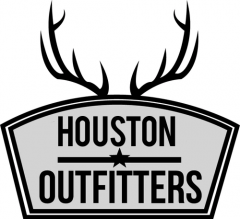
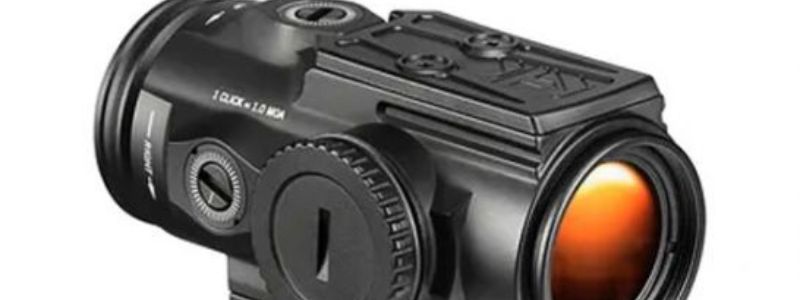


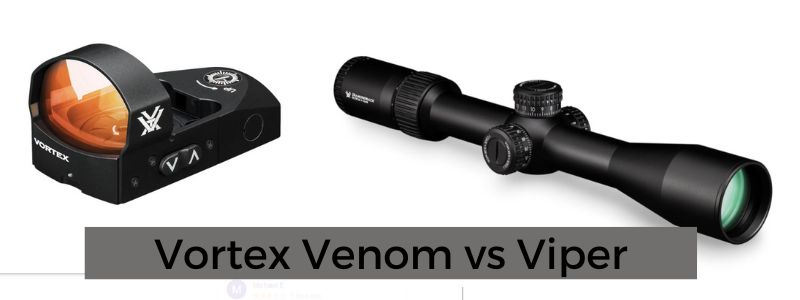
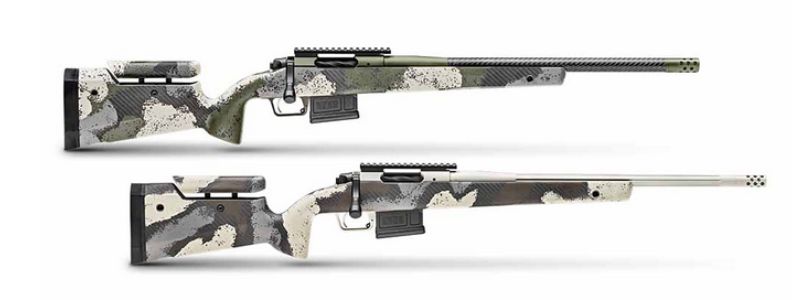
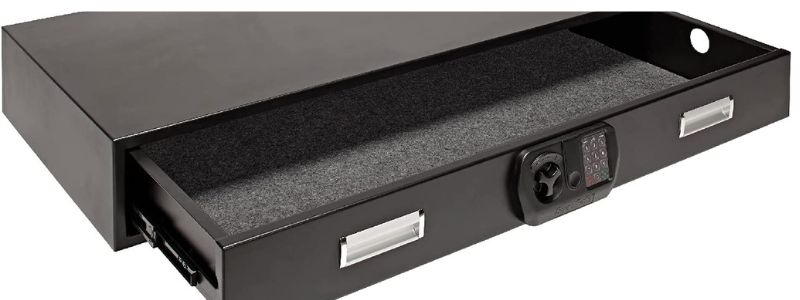
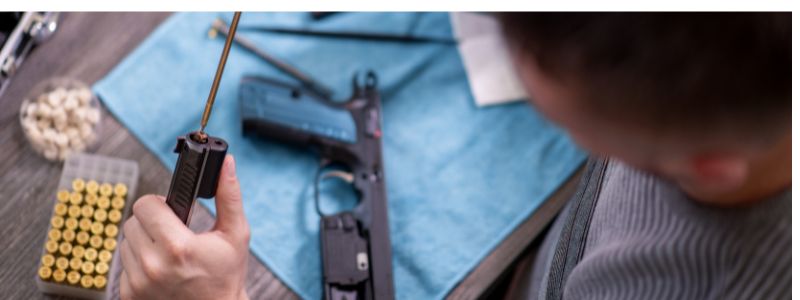
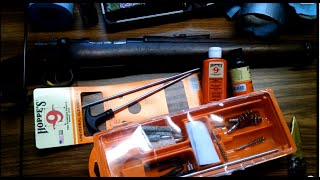
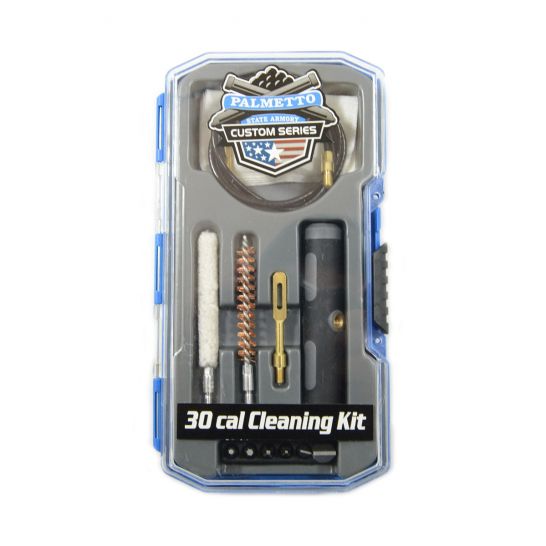
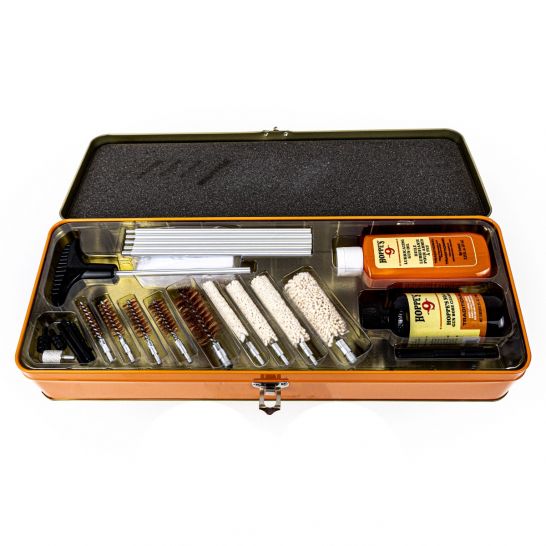
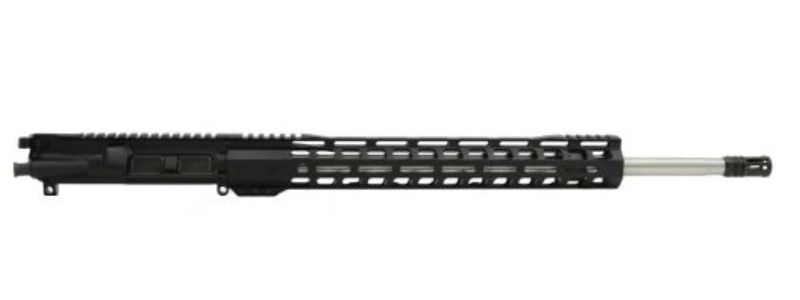
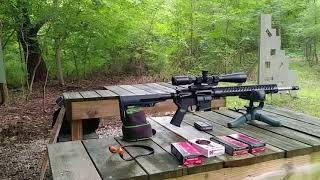
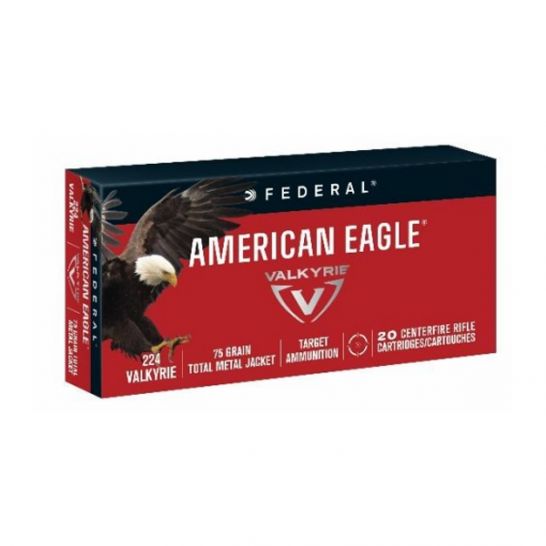
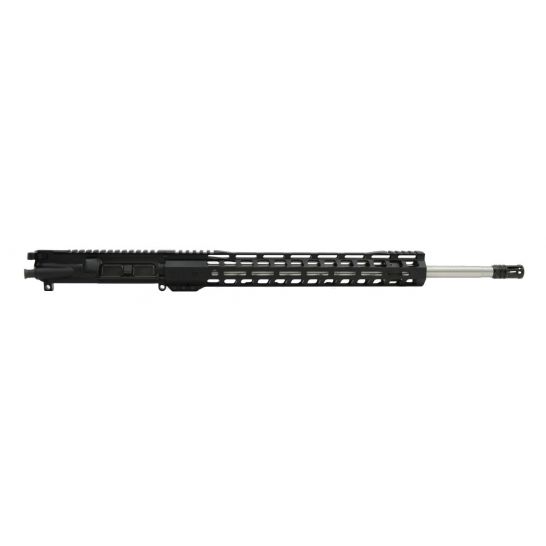
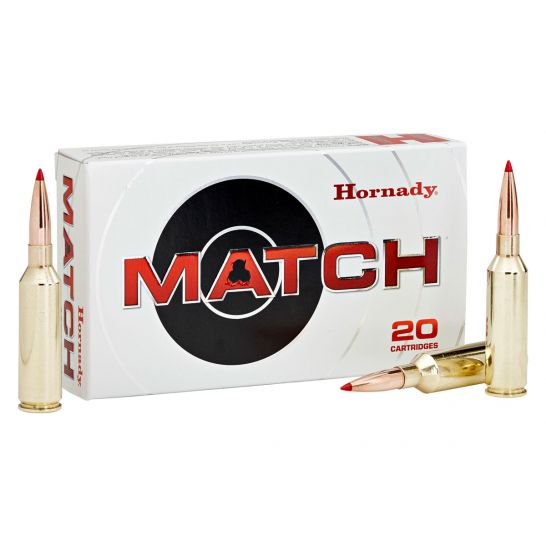
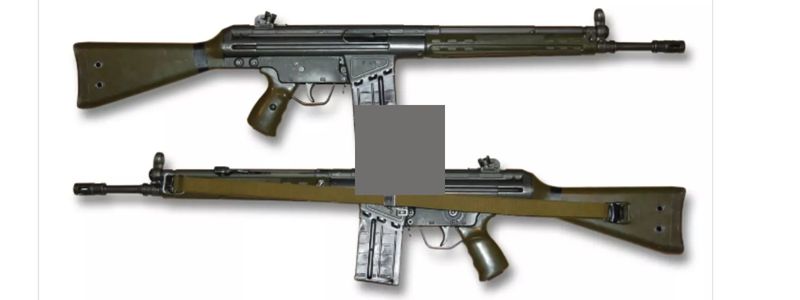
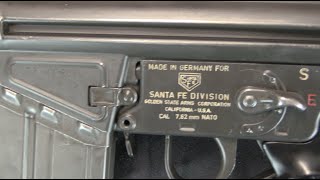
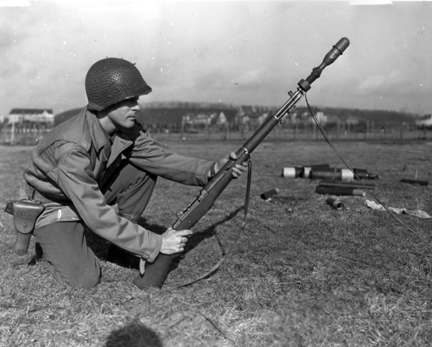


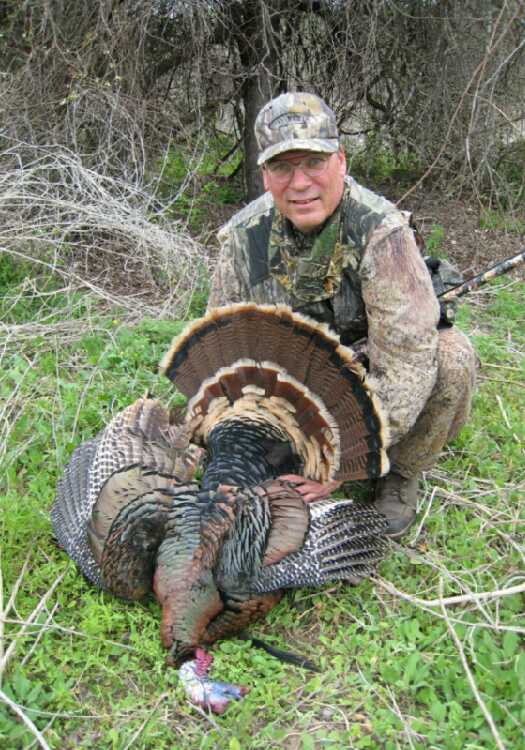
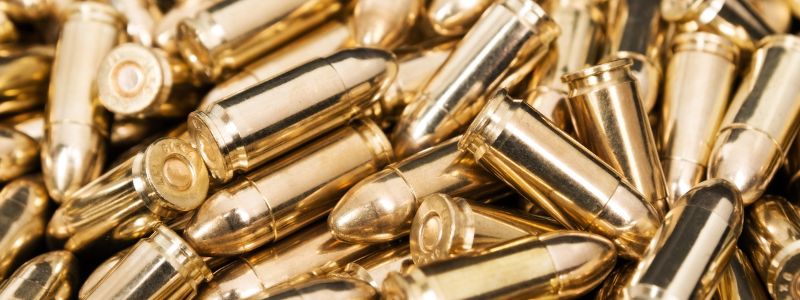
 all of the features of the Platinum Tip and Partition Gold bullets I was particularly interested to see how they would hold together upon impacting heavy bone. To simulate this I took a heavy piece of carpet and laid it over a ¾” piece of plywood and then placed this over a 55-gallon barrel filled with water. (Note: I conducted these tests at my personal range under controlled conditions and do not recommend you attempt to duplicate them.) Then using both loads in the 44 Magnum fired several rounds of each load into the barrel. Both bullets lived up to their billing and passed with flying colors. The Platinum Tip showed no hint of jacket/core separation and expanded to a very large average frontal diameter of .798”, weight retention averaged an impressive 244.2-grains. The Partition Gold performed as expected. The front section expanded, dare I say perfectly, even upon impact with the thick plywood retaining all of the “petals” around the hollow point with an average weight of 214.6-grains. This lower retained weight compared to the Platinum Tip is due to the front sections loss of the core, but the partition design held the rear section in place. Even with the loss of weight I still think the Partition Gold will penetrate better on larger game because it more controlled expansion.
all of the features of the Platinum Tip and Partition Gold bullets I was particularly interested to see how they would hold together upon impacting heavy bone. To simulate this I took a heavy piece of carpet and laid it over a ¾” piece of plywood and then placed this over a 55-gallon barrel filled with water. (Note: I conducted these tests at my personal range under controlled conditions and do not recommend you attempt to duplicate them.) Then using both loads in the 44 Magnum fired several rounds of each load into the barrel. Both bullets lived up to their billing and passed with flying colors. The Platinum Tip showed no hint of jacket/core separation and expanded to a very large average frontal diameter of .798”, weight retention averaged an impressive 244.2-grains. The Partition Gold performed as expected. The front section expanded, dare I say perfectly, even upon impact with the thick plywood retaining all of the “petals” around the hollow point with an average weight of 214.6-grains. This lower retained weight compared to the Platinum Tip is due to the front sections loss of the core, but the partition design held the rear section in place. Even with the loss of weight I still think the Partition Gold will penetrate better on larger game because it more controlled expansion.